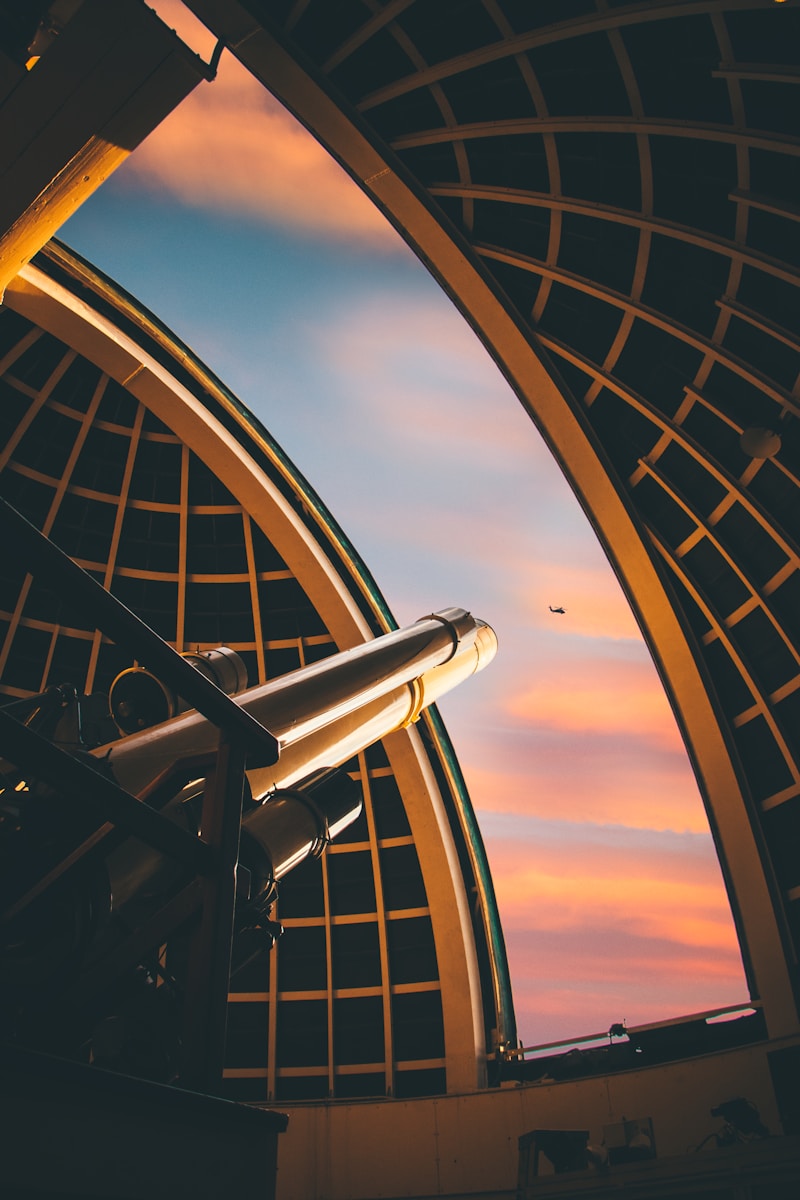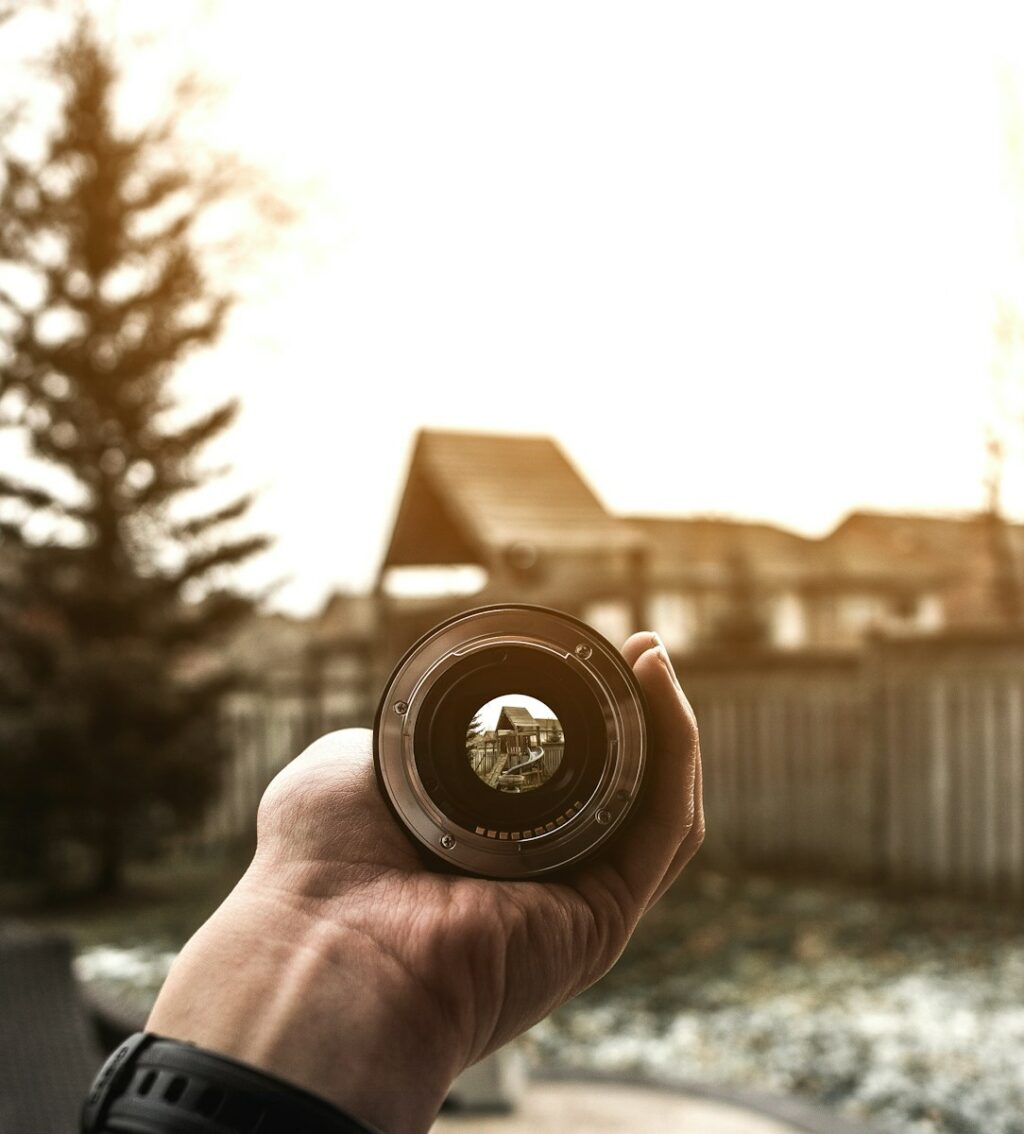On this blog, we often bring you stories about how AI is changing everything for people who do photography for a living.

But we want to bring the whole story to our readers which is why we share headlines like today’s when we come across them because, in many ways, artificial intelligence is a true game-changer for scientific research and development.
And in this case, it might help save the Earth from an asteroid collision in the future.
Because it appears that AI is way better than humans at spotting hidden patterns within images – in this case, analysis of telescope imagery that reveals a bunch of hidden neighbors in our little part of the galaxy.
Space.com reports that AI found over 27,000 previously unseen asteroids where “Most of the newfound asteroids hover in the asteroid belt between Mars and Jupiter, where scientists have already cataloged over 1.3 million such rocky shards over the past 200 years. The latest bounty, discovered in about five weeks, also includes about 150 space rocks whose paths glide them within Earth's orbit; to be clear, however, none of these “near-Earth asteroids” seem to be on a collision path with our planet.”
The process involved is quite complicated but, interestingly enough, quite similar to the one with which we are familiar with other AI tools. Essentially, AI uses algorithms to detect the asteroids and improves its algorithm through training using archival images from the Hubble telescope, for example.
All of this will be a central part of the Vera C. Rubin Observatory in Chile which will use an “8.4-meter telescope, which is scheduled to start operations next year, will take images of the southern sky every night for at least a decade, each image covering 40-full-moons of area. Scientists say this cadence, supported by AI-based software like THOR and HelioLinc3D, could help the observatory find as many as 2.4 million asteroids — double than those now cataloged — in its first six months of operations.”
As always, any thoughts that you might have on the usage of AI in photography are welcome in the comments.
We have some more headlines for you to read at this link.



